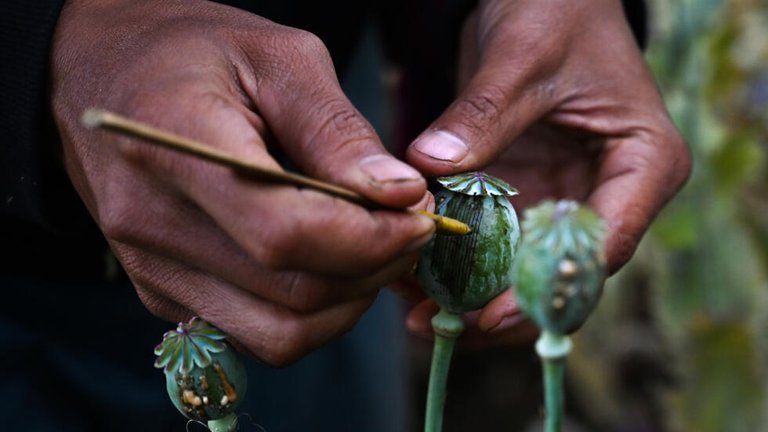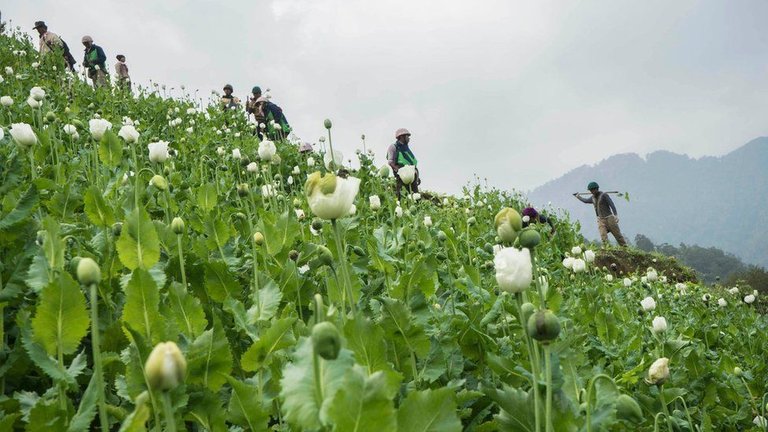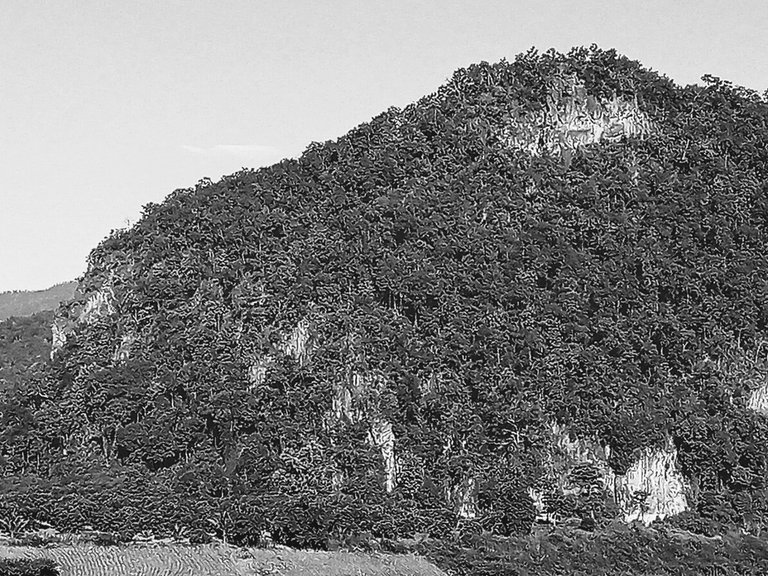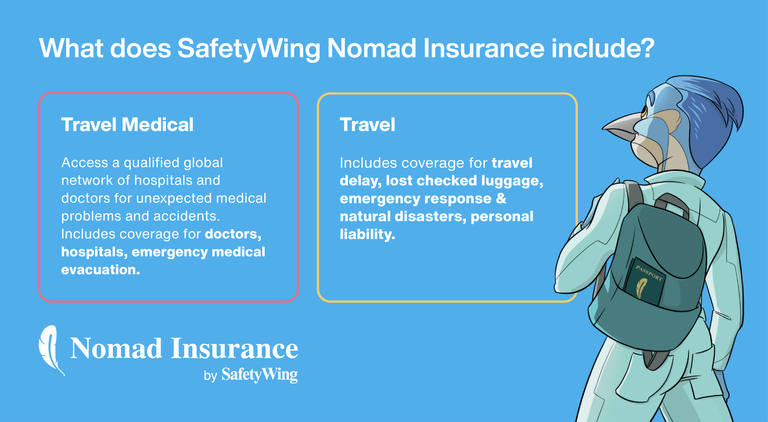
The Opium Golden Triangle refers to a region in Southeast Asia, primarily encompassing parts of Thailand, Myanmar (formerly Burma), and Laos. This region gained notoriety for its significant opium production during the mid-20th century and the 1970s in particular. Here's more information about the Opium Golden Triangle
There are still poppies plantations mainly in Myanmar and opium destroys lives in Thailand Myanmar and Laos, now slowly replaced for the past thirty years or so by ya bah which is methamphetamines.
Cartels of drugs are in France and other European countries and in the UK and the USA. Not forgetting thet drugs makes ravages from the North to the South pole and our kids are being sold drugs from the age of ten years old some dealers aware that young kids smoking a spliff will be a future consumer. Too many times drugs are pushed on kids by dealers
The major triad of drugs are divided in 3 main HUBS
HUB-1 Maghreb or North Africa with ganja cannabis or weed
HUB-2 South and Central America with cocaine and other derivatives like crack
HUB-3 South East Asia with Thailand Myanmar and Laos with opiates methamphetamines ketamine and others
Now prices are ridiculously or alarmingly cheap like 5 euros for a dose of crack and same is happening with opiates ganjas and others
Opium Cultivation:

Opium poppy cultivation was widespread in the Opium Golden Triangle during the 20th century. The climate and terrain of this region were well-suited for opium poppy farming. Opium poppies are the source of raw opium, which is used to produce heroin and other narcotics.
Historical Context:
Opium production and the illicit drug trade in the Golden Triangle became prominent during the mid-20th century, primarily driven by economic factors and the demand for narcotics in international markets. The region saw the involvement of various ethnic groups and insurgent movements in opium cultivation and trafficking.
Major Countries:
Thailand:
Northern and northeastern parts of Thailand, including areas like Chiang Rai and Khorat, were known for opium cultivation.
Myanmar:
The Shan State in Myanmar was a significant opium-producing region. The opium trade also played a role in the country's political dynamics.
Laos:
Northern Laos, particularly along the border with Myanmar, was another area where opium poppies were cultivated.
Government Efforts:

Various governments in the region, along with international organizations, made efforts to combat opium cultivation and the drug trade. These efforts included crop substitution programs and law enforcement operations. Over time, opium production in the Golden Triangle has declined, but it remains a concern in some areas.
Socio-economic Impact:
Opium cultivation had a significant sociol-economic impact on communities in the region. Many farmers relied on opium as a cash crop due to its high value in the illegal drug market. The illegal drug trade also fueled conflicts and instability in some areas.
Alternative Livelihoods:
Efforts have been made to provide alternative livelihoods for opium farmers, promoting legal and sustainable agricultural practices to reduce dependency on opium cultivation.


Congratulations @sumotori! Your post brought a smile to the TravelFeed team so we have sent you a smiley. Keep up the good job. 🙂
Thanks for using TravelFeed!
@for91days (TravelFeed team)
PS: Did you know that we recently launched the truvvl app? With truvvl, you can create travel stories on the go from your phone and swipe through nearby stories from other TravelFeed users. It is available on the Apple App Store and Google Play.